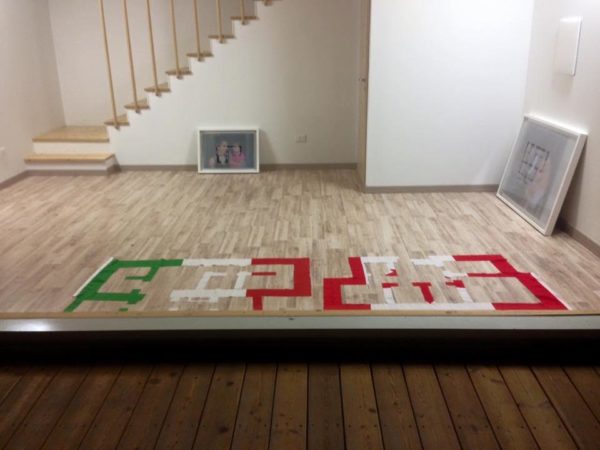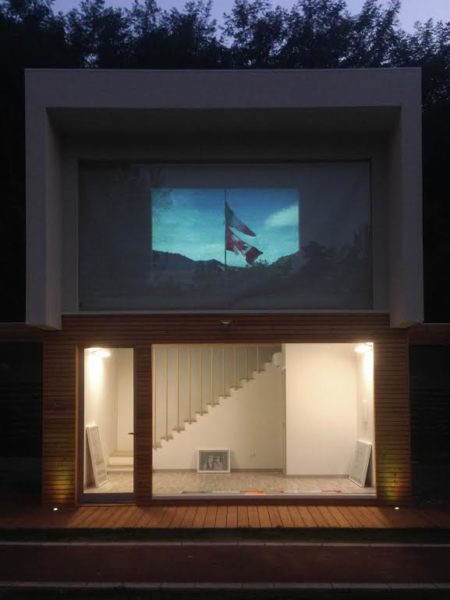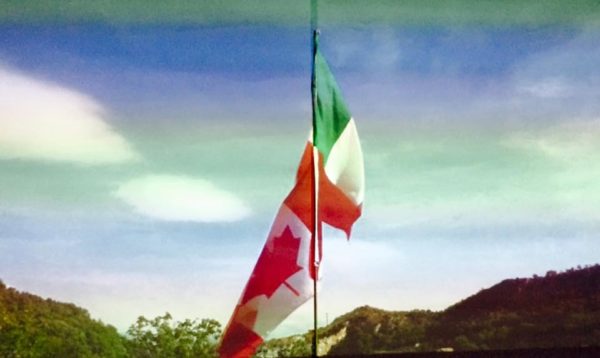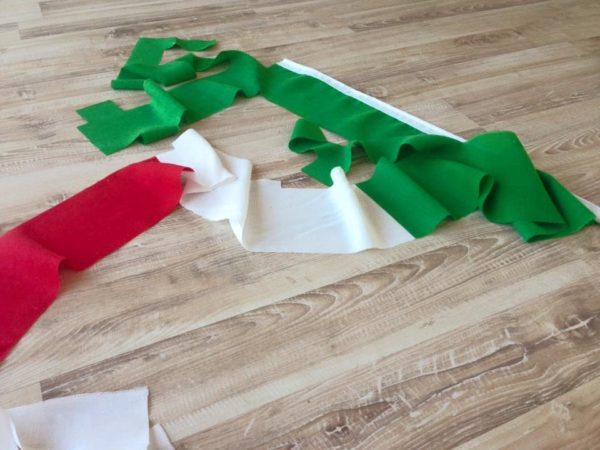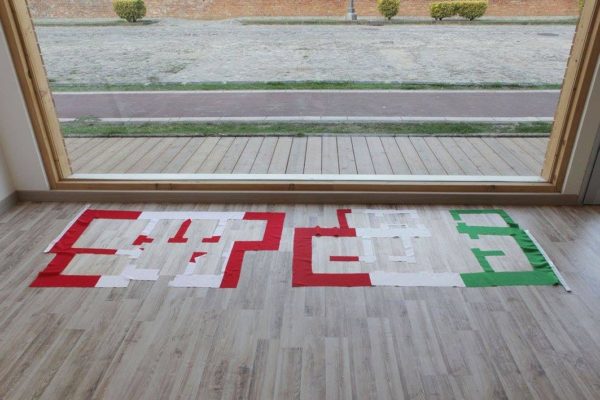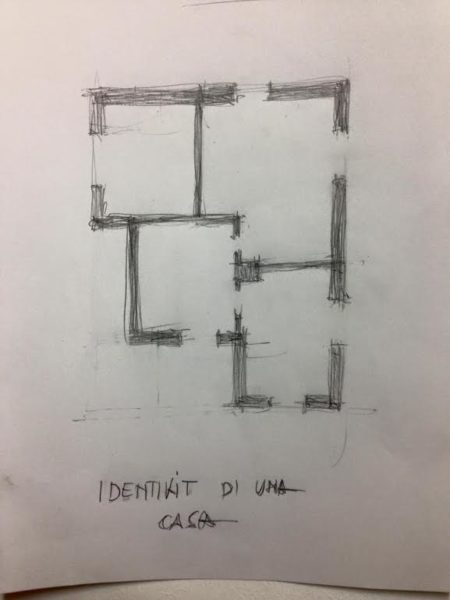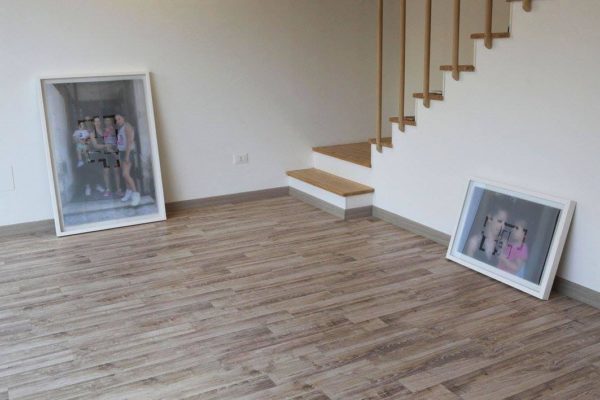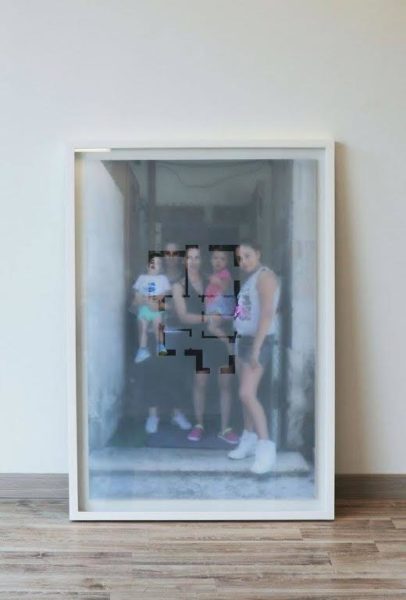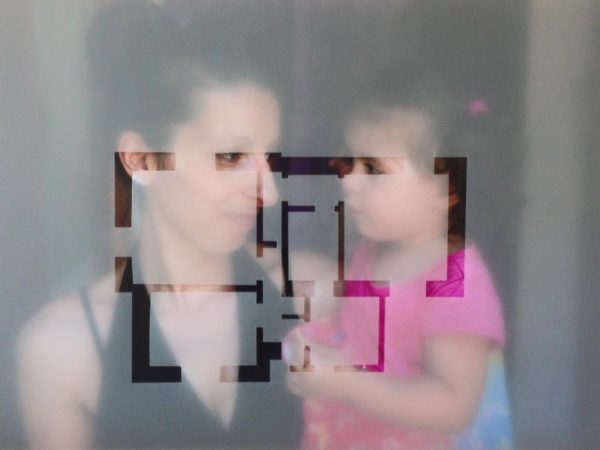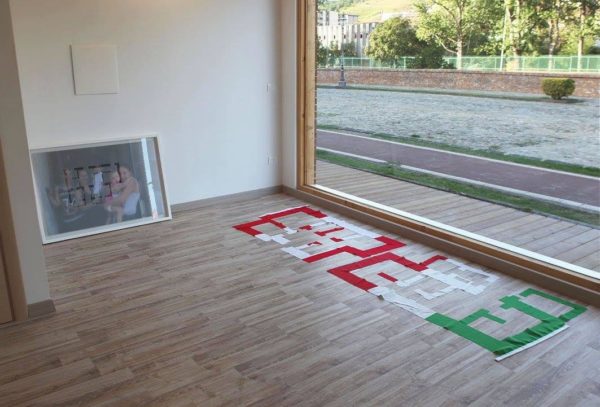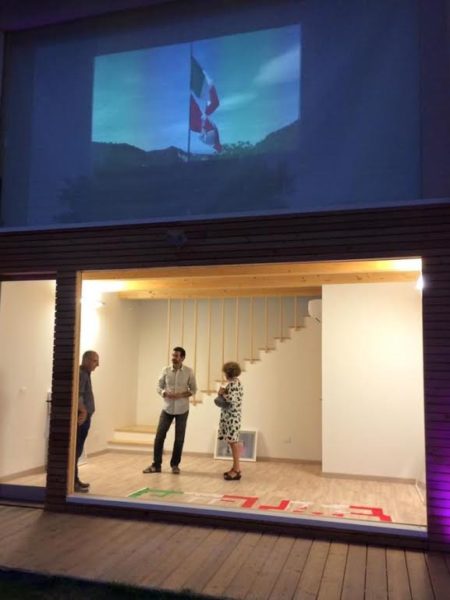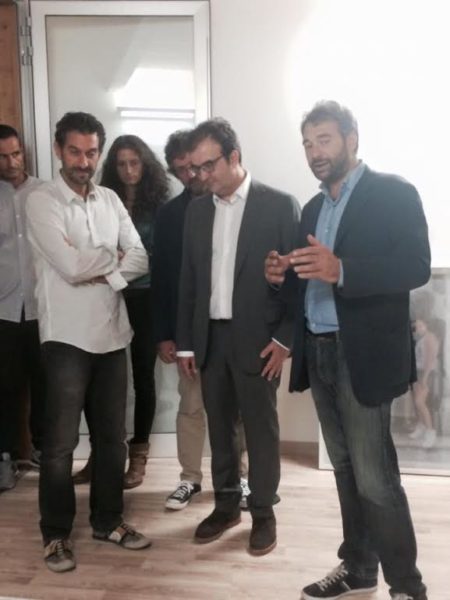Expatrie Bo_cs Art, 2015
Residenza d’artista a Cosenza,
a cura di Alberto Dambruoso
Dal 5 al 19 settembre 2015, per volontà del Sindaco Mario Occhiuto e del curatore Alberto Dambruoso, si è svolta la terza puntata del progetto residenze artistiche a Cosenza 2015. Sfida, la loro, coraggiosa e al contempo rischiosa, dirottare gran parte dell’arte contemporanea italiana e non solo, in un luogo denso di stereotipi, il sud Italia, e per giunta la Calabria. L’intento virtuoso del progetto è proprio quello di avviare una dimensione di scambio reciproco tra due mondi apparentemente distanti: il mondo creativo e visionario e quello quotidiano, della gente “normale”. Anche io, arrivato a Cosenza il 4 settembre con gli artisti Piotr Hanzelewicz e Teresa Iaria e insediatomi in uno dei 30 alloggi-studi costruiti per l’occasione, mi sono subito posto il problema: come interagire con il luogo e con le persone che lo abitano? Ma soprattutto, ha senso un incontro tra noi e gli abitanti di Cosenza? La domenica successiva visito un piccolo borgo della provincia di Cosenza, Pantanolungo: qui la mia attenzione è richiamata da una bandiera dell’Italia collocata sopra e sulla stessa asta di quella del Canada. Chiesto il motivo di tale accostamento, ho saputo che ogni anno una comunità di cittadini calabresi emigrati in Canada torna per una breve villeggiatura. Ho quindi deciso di produrre subito un video con le due bandiere che dialogano tra loro nel vento, una sorta di danza muta pseudo-istituzionale. La presenza di queste due bandiere evoca una serie di considerazioni: la dipendenza dalla terra d’origine, il rapporto di mutuo soccorso che c’è tra i due stati, le tradizioni e le sofferenze di due popoli, di due culture diverse.
Dopo qualche comprensibile scetticismo, parlo con alcune di queste famiglie. La loro è la storia di tanti italiani che hanno cambiato paese e vissuto per decenni lontano dalle proprie radici. Penso a quanto sia cruciale il tema dell’abitare e quante metafore sviluppi sul piatto delle riflessioni: Lo spazio domestico è anche una questione politica oltre che privata, di responsabilità nazionali perché parla di rifugi, di asili contro la fame, di viaggi, di perdita di certezze e di avventure verso l’ignoto. Concetti che non cambiano, oggi come allora, pur spostando i soggetti e mutando le rotte. Dopo qualche giorno ritorno sul luogo del “delitto” e interagisco con una famiglia in particolare, scattando ritratti fotografici e misurando l’interno della loro casa. In seguito mi raccontano lo spazio domestico canadese e insieme e a memoria ricostruiamo l’identikit di una casa a distanza. Le due planimetrie ricavate sono poi trasposte su fogli di poliestere opalino intagliati secondo lo schema architettonico e sovrapposti alle fotografie fatte in precedenza, permettendo una lettura parziale che lascia intravedere proprio nell’atto di escludere. La griglia planimetrica in questo caso simboleggia liberazione e prigionia al contempo, la loro storia in pratica. Infine, inseguendo gli stessi schemi planimetrici, ho tagliato e disposto a terra nel box le due bandiere uguali a quelle del video, a simboleggiare un cortocircuito visivo tra privato e pubblico, tra casa e nazione. Da qui il titolo “Expatrie” (dal francese “expatrié”: espatriato), ma anche patrie che non sono più perché non trattengono e non accolgono. La storia umana e soggettiva si intreccia alla storia collettiva, storia di confini, contesti di transito in perenne sospensione.
Per due settimane io e gli altri 19 artisti siamo stati abitanti di un luogo deputato alla creatività che ha cercato di sfatare un altro luogo, quello “comune” dell’arte contemporanea distante dalla realtà e da tutte le sue urgenze. Per me questo tentativo ha avuto senso, credo anche per la famiglia che mi ha regalato la sua storia e per chi il 18 settembre è passato a trovarci lungo il fiume Crati, sul viale degli artisti, nella mia casa a tempo determinato.
Expatrie Bo_cs Art, 2015
Artist residency in Cosenza
curated by Alberto Dambruoso
From September 5 to 19, by the will of Mayor Occhiuto and curator Alberto Dambruoso, the third episode of the artistic residency project in Cosenza 2015 took place. Their challenge was courageous and risky: to divert a significant portion of contemporary Italian art, and not only that, to a place dense with stereotypes, Southern Italy, and specifically Calabria. The virtuous intent of the project is precisely to initiate a dimension of mutual exchange between two seemingly distant worlds: the creative and visionary world and the everyday world of “normal” people. Upon arriving in Cosenza on September 4 with artists Piotr Hanzelewicz and Teresa Iaria, and settling into one of the 30 studio apartments built for the occasion, I immediately posed the question to myself: how to interact with the place and its inhabitants? But above all, does it make sense for us to meet the people of Cosenza? The following Sunday, I visited a small village in the province of Cosenza, Pantanolungo: here, my attention was drawn to an Italian flag placed above and on the same pole as that of Canada. When asked about the reason for this juxtaposition, I learned that every year a community of Calabrian citizens who emigrated to Canada returns for a brief vacation. I decided to immediately produce a video with the two flags interacting with each other in the wind, a sort of silent pseudo-institutional dance. The presence of these two flags evokes a series of considerations: dependence on the homeland, the mutual aid relationship between the two states, the traditions and sufferings of two peoples, two different cultures.
After some understandable skepticism, I spoke with some of these families. Theirs is the story of many Italians who have changed countries and lived for decades away from their roots. I think about how crucial the theme of dwelling is and how many metaphors it develops on the plate of reflections: The domestic space is also a political issue as well as private, of national responsibilities because it speaks of refuges, of asylums against hunger, of journeys, of loss of certainties, and adventures towards the unknown. Concepts that do not change, today as then, even though the subjects move and the routes change. After a few days, I returned to the scene of the “crime” and interacted with a particular family, taking portrait photographs and measuring the interior of their house. Later, they told me about the Canadian domestic space, and together we reconstructed the profile of a distant home from memory. The two resulting floor plans were then transposed onto opaline polyester sheets cut according to the architectural scheme and overlaid on the previously taken photographs, allowing for a partial reading that reveals precisely in the act of excluding. The grid planimetric in this case symbolizes liberation and imprisonment at the same time, their story in practice. Finally, following the same planimetric patterns, I cut and arranged on the ground in the box the two flags identical to those in the video, symbolizing a visual short circuit between private and public, between home and nation. Hence the title “Expatrie” (from the French “expatriate”): expatriate, but also homelands that no longer are because they do not retain and do not welcome. Human and subjective history intertwines with collective history, history of borders, transit contexts in perpetual suspension. For two weeks, I and the other 19 artists were inhabitants of a place dedicated to creativity that tried to debunk another place, the “common” one of contemporary art distant from reality and all its urgencies. For me, this attempt made sense, I believe also for the family that shared their story with me and for those who on September 18 came to visit us along the Crati river, on the avenue of artists, in my temporary home.
